This week, we’re super excited to be joined by Noel Andrews of JobRack. He’s going to help us break down how to think about hiring and talent in a global remote work world, where everything has changed.
***Please note; this podcast recording took place before the invasion of Ukraine. Therefore, we recognize business is not as usual in this country and its neighbors***
About Noel Andrews
After 15 years of recruiting and leading teams within large corporate technology functions, Noel bought JobRack to help bring the wonders of Eastern European remote workers to business owners all over the world!
JobRack has been helping business owners get access to Eastern European remote workers since 2015 and over 500 businesses have hired successfully, many of them returning again and again, as they build their teams with great hires.
His expertise includes outsourcing, outsourcing to Eastern Europe, online business development, online business growth, hiring mastery, finding A-players for remote companies, finding job seekers, finding quality workers, online education, growing business, connecting people, management, brand culture and team building.
Points of Interest…
- What is JobRack? 1:41
- How COVID Changed Remote Working 4:26
- Insights Re Large Companies Compensating Remote Talent 7:00
- Putting Together the Optimum Compensation Plan 12:07
- Process to Decide Appropriate Pay Range 16:47
What is JobRack?
While this is a topic I spend a lot of time talking to people about, but – admittedly – it’s not my bag! For example; when it comes to figuring out how much somebody should be paid, I feel like everything I used to know about this has gone out the window now.
Therefore, I’m thrilled to dig into some of the nuances behind the numbers with Noel. But first, as has become customary, here is Noel – in his own words – describing what exactly he does and who he serves…
“I bought JobRack back in 2018; it existed for about three years at that point. It had originally been built to help people hire software engineers and developers from Eastern Europe – highly skilled people that you could afford in the early stages of your agency, or your business, that are a little bit more culturally aligned with the Western world. With its hard work ethic, Eastern Europe is that sweet spot.”
With a background in corporate IT technology leadership, loads of kind of large team building, and hiring, Noel believes JobRack becoming available at that time was a serendipitous moment. Not only did it provide the opportunity for him to niche down, but we all know what’s happened with remote working over the last two years.
As for who JobRack now serves? In addition to all kinds of business owners, particularly those online, Noel and his team especially cater to agencies…
“Right now, in the Western world, you can’t find quality people with the kind of work ethic that agency owners want for anything like what we can afford.”
This certainly resonates with some of the clients we deal with. Currently, Parakeeto is in the middle of a couple of audits right now with clients and we’re hearing this narrative of “We’re hiring new people now that have less experience than our team, but we’re paying them more. So, we’re having to lift everybody’s salary and our margins are just vanishing into thin air.”
***I delve into the average billable rate (that being 50-70% margin for what you earn per hour) from the 3:50 minute mark***
How Covid Changed Remote Working
We all knew remote work is the future, but it’s safe to say the onset of COVID fast-tracked it at pace. Most large organizations are now going to have to maintain or adapt to some form of remote or hybrid working. So, how has this progression changed the talent market, and the way companies are recruiting and compensating people?
“The biggest change is simply competition. For context; I used to have employers – and still do have employers and agencies – coming to me with bare minimum job posts. They’re advertising maybe a couple of thousand bucks a month and they’re like ‘Yeah but they should want the job, they get to work remotely!’ We have to break it to them that they’re not special anymore. The whole world is working remotely.”
So, competition has changed the playing field completely. Additionally, the shortage of tech talent out in California – plus many places across the US, Canada, UK, etc, means that the big companies are now scouting around the world. They’re now digging into these talent pools that had been reserved for niche businesses in a sense that could have started remotely.
Another factor is how COVID has changed people’s mindsets, resulting in a slew of developers deciding they don’t want to work full time anymore. Simply put, there are fewer people willing to work the nine-to-five role.
Insights Re Large Companies Compensating Remote Talent
With that said, I’m keen to hear about how large companies are operating when it comes to adjusting compensation based on where people are in the world.
For example, a company like Netflix may find it tricky deciphering how much to pay a designer working remotely from Bulgaria when we know that a San Francisco-based designer is probably making over 200 grand per year…
“Hybrid working for these larger companies is still relatively new; they’re still finding their feet and that’s going to be the case for a few years to come… The difficulty is, if someone moves from San Francisco to Nebraska and state, ‘Okay, I’ll take a 20% pay cut’, what happens if they then move back? Do they get the 20% increase again?”
So, if someone wants to move and continue working for the same company, that’s a particularly complex area. With regards hiring people from new places, Noel sees companies looking at the local cost of living and basing compensation around that.
Over the coming years, companies may have graphic designers working from San Fran, Romania, and London. All will be doing the same work, for the same employer, but being paid very different rates. This becomes difficult to justify, and we’re just going to have to wait and see how it exactly pans out.
The job landscape – much like the property landscape – is cyclical. It’s constantly changing. The pressure that’s currently being experienced in the field of remote working will start to release. Over time, I’m hoping there will be a higher floor to those arbitrage opportunities.
***I dig into this a bit more from 10:54***
Building the Optimum Compensation Plan
How does one start constructing a great compensation plan for a role? There’s the whole question of ‘How do we figure out what to pay somebody?’ – including what tools we can be using, what data we can be looking at to inform that.
Then, there’s also the other levers we might not be always considering; ones we can pull to make our jobs more attractive and make ourselves more competitive. So, what are the building blocks of a really great comp plan? Communication!
1. Communication: The most important thing is talk to the person you’re hiring about it, plus talk to your team about it. Whenever we’re hiring for a role internally or helping a client hire, the most important questions to ask from the offset is…
- Their salary expectation
- What they perceive to be the more important facets of the role
- Where they want to go next in their career trajectory
***Noel provides some examples of such questions when it comes to making an offer from 12:58 minutes***
2. Conveying your work culture: for example, do you have great work parties/annual retreats or is your company more a remote-first outfit with no face-to-face meetings? Whatever the work life is like, you need to put that across to a prospective hire as then you will attract the right kind of people that will fit the environment.
Side note: if you’ve got a process for how you go about defining your scopes for projects, it’s best that you install a regular cadence to review and tweak these numbers based on past performance as time goes on. The Agency Profit Toolkit is a free resource that has meeting templates that you could directly apply to this, among other goodies. Grab your copy below!
3. Focus on colleague cohesion: everyone needs to feel part of the team. Whilst legally, your new hire might not technically be an employee (you might have to use service agreements where they’re in another country) actually, for all intents and purposes, they are a team member and should be treated accordingly. How does one go about doing that? In Noel’s experience, there are a number of ways…
“I have one very forward thinking, relatively small USA agency. They’ve got about 25 people, and they’re doing training stipends (a fixed regular sum paid as a salary or as expenses) in the form of homeworking payments to the tune of $750 per year towards your homeworking set up.”
Whilst our salaries aren’t actually outrageously high, everything that goes around it makes it a more attractive option, leading people to commit to the role.
Process to Decide Appropriate Pay Range
Finally, let’s talk about the resources or tools, or data that Noel uses to figure out what the range should look like for a person based on where they live. There are salary finders and cost of living index websites, but what is most reliable?
“Obviously, we’re in a position of privilege in that we are getting hundreds of thousands of candidates applying for roles. We get to see what they’re asking for, plus we know what our clients are actually paying. We have tried to put our findings into a consumable format – such as a salary publication – but it’s difficult due to the volume of mitigating factors.”
Such factors include where the potential hire is situated. The difference within one country could be between 30 or 40%. This is based on whether they’re living in a primary capital-centric city, a secondary city, or a tertiary setting. Therefore, Noel recommends opening a dialogue with others hiring in the area as a gauge.
“Let’s say you’re looking for a particular role in the US, find adverts and simply touch base with the hiring company. Say, ‘Hey, I’m another agency owner. I’m not competing with you or looking to poach your staff! I’m just curious as to what you ended up hiring for?’ Most people are pretty open about those conversations”
Alternatively, you could always ask someone like Noel. He’s always happy to jump on a call or do quick salary checks. Find his contact details below!
***As for putting salary expectation in the job post itself; Noel deposits his two cents on this lively debate from 19:39 minutes***
Key Takeaway…
When you’re considering a remote hire, view it as a sales conversation. Establish what is valuable to the candidate in question and then decipher the non-financial levers you can pull to make the collaboration work.
Most people view work as a means to enable all of the other things in their lives. So, if we can shape the job to support that lifestyle, it inherently creates a lot more value. This and Time Zone difference are two of the most important factors when hiring remotely.
With regards to the latter; if you’re fully remote there are great arbitrage benefits – such as waking up to a load of completed tasks. However, if you’re moving to Hybrid working, you must make an extra effort to ensure effective communication across all team members.
See more from Noel…
- JobRack
- Twitter @noel_andrews
- LinkedIn @noelandrews
- Company LinkedIn @JobRack
Did you learn anything new from this episode? Let us know in the comments below! We have helpful blogs designed to bolster your agency profitability, such as How To Calculate Your Billable Employee Cost-Per-Hour.
Our next installment of #APP, on March 23rd, will see Marcel chat with Taylor McMaster. Our previous blog – Episode 81 with Russell Benaroya – can be viewed here…
Avid #APP Listener?!
We would be eternally grateful if you could leave us a review…
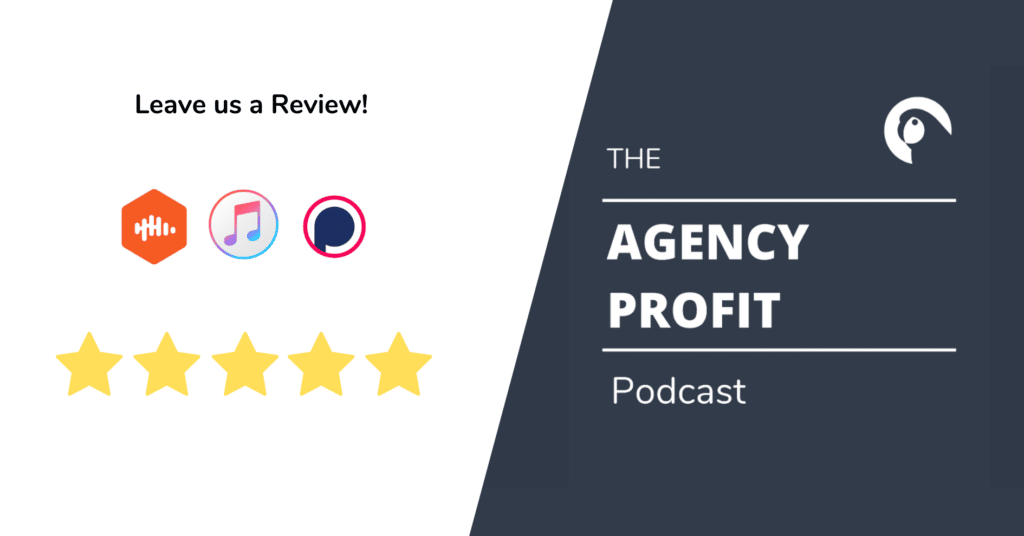
Agency Profitability Tool Kit
If you’re looking for more resources to help you improve your agency’s profitability, check out the Agency Profitability Tool Kit. It’s full of templates and checklists used when consulting clients. This helps them improve profitability by over 100% in under 60 days.

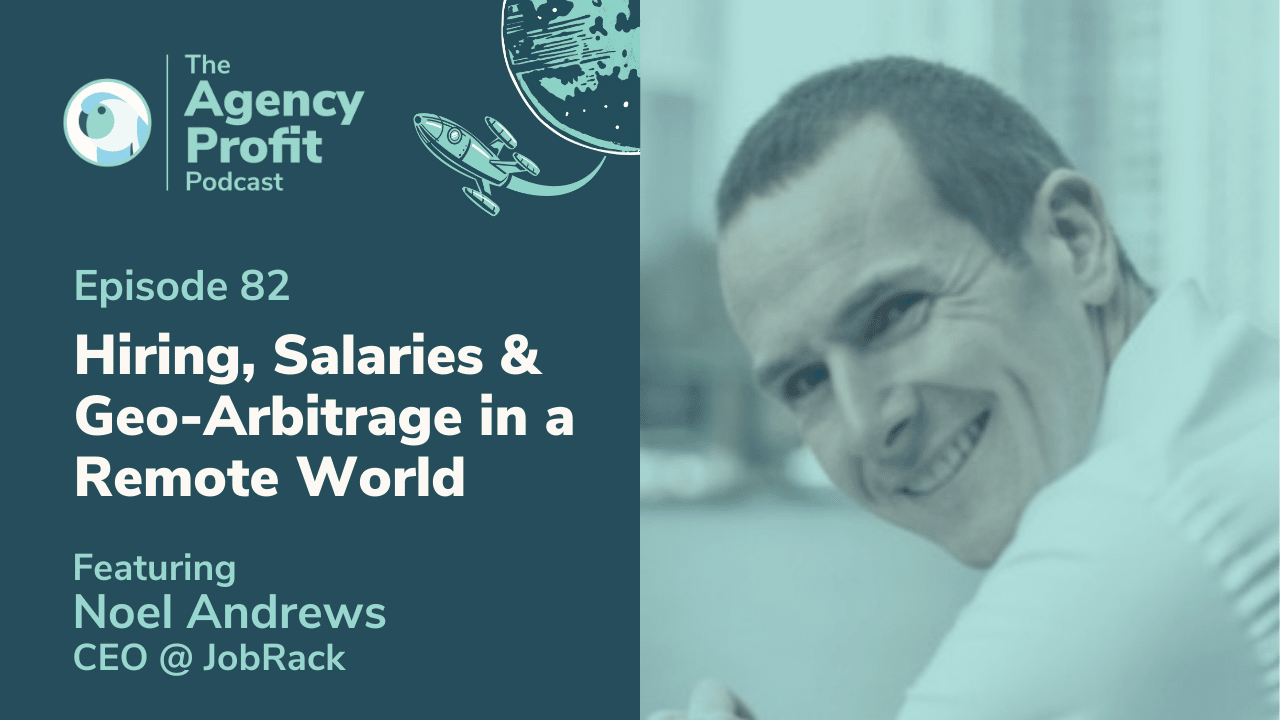


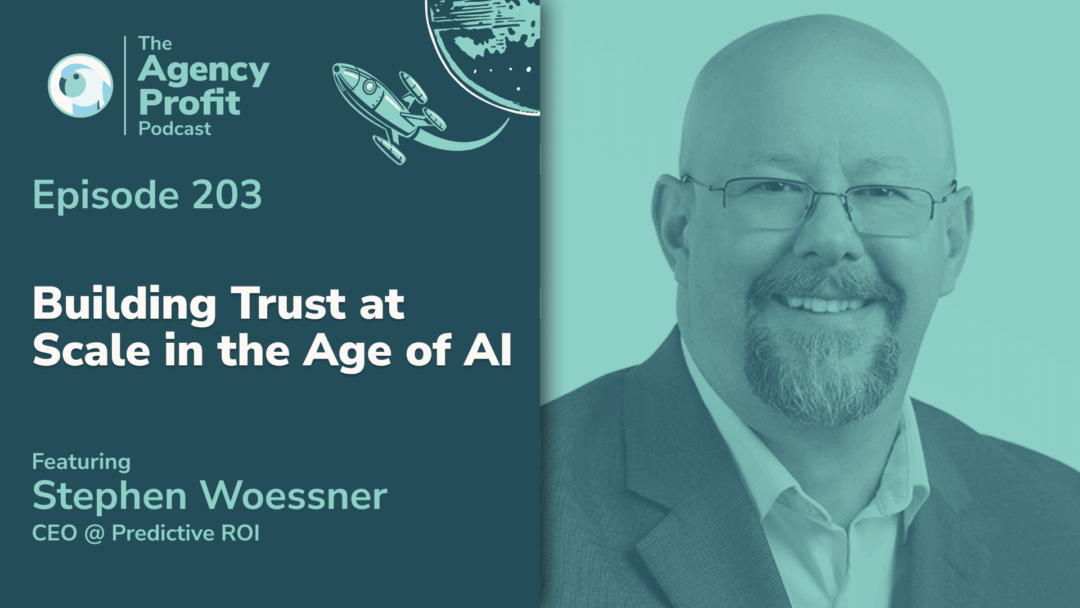
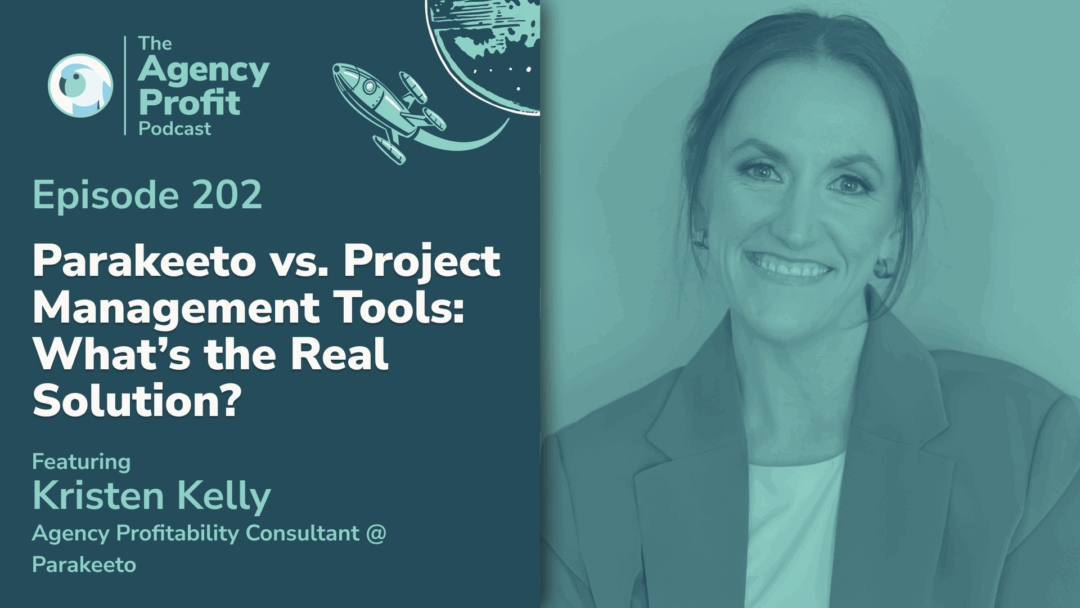
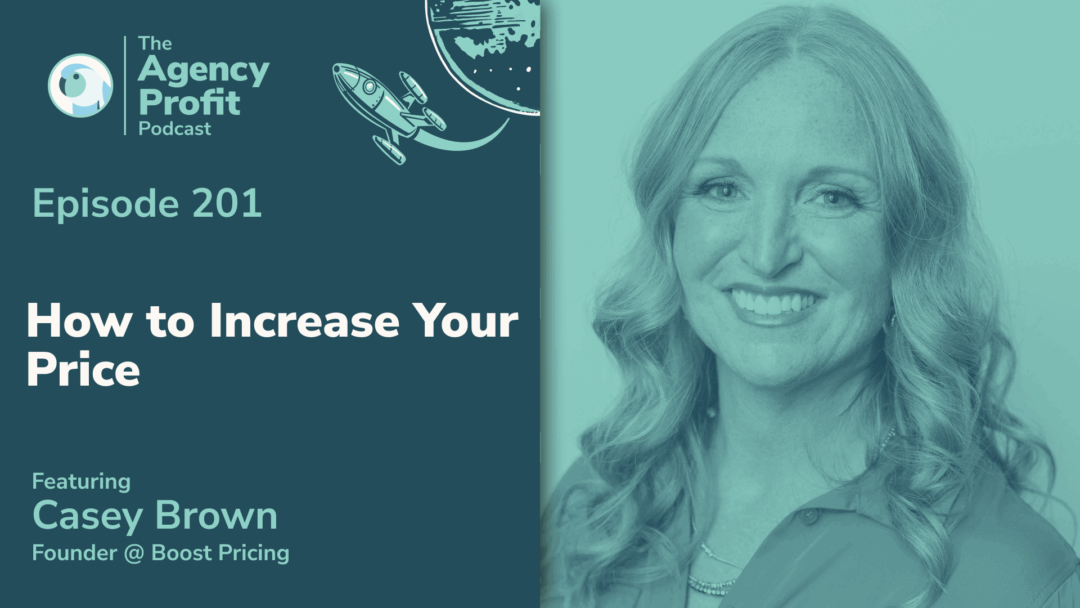

0 Comments